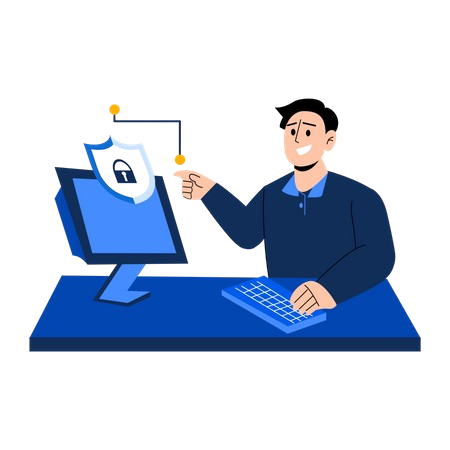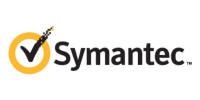Antivirus & DLP
Stay Ahead Of Threats With
Our Comprehensive Security For
Your Digital Ecosystem.
Next-generation protection for Windows with real-time detection
against evolving digital threats.
- Expertise Which Match Your Need
- Systematic Solution Making
- Your Choice Of Product
- Streamlined Support and Maintenance
Antivirus
Antivirus software is a type of program designed to detect, prevent, and remove malicious software (malware) such as viruses, worms, trojans, ransomware, and spyware from computers and networks. It works by scanning files and programs on your computer for patterns of code that match known viruses.

Key functions of antivirus software typically include:
Provides continuous monitoring of files and processes to prevent malware from infecting the system.
Identifies and flags suspicious files or behavior that may indicate the presence of malware.
Regularly scans files, programs, and the overall system for malware.
Attempts to remove or quarantine malicious software detected during scans.
Regularly updates its virus definition database to recognize new threats.






DLP (Endpoint Security)
DLP, or Data Loss Prevention, is a strategy and set of tools designed to ensure that sensitive data is not lost, misused, or accessed by unauthorized users. When referring to DLP in the context of Endpoint Security, it specifically focuses on protecting data at the endpoint devices (such as laptops, desktops, smartphones) where the data resides and where users interact with it. Here’s a breakdown of DLP in Endpoint Security:

Key Components of DLP (Endpoint Security):
Effective DLP solutions integrate with other security tools and platforms such as endpoint detection and response (EDR), SIEM (Security Information and Event Management), and network security solutions.
Integration enhances overall visibility and response capabilities across the organization’s security infrastructure.
DLP solutions typically start by identifying sensitive data across endpoints. This includes data such as intellectual property, customer information, financial records, and other types of sensitive data based on predefined policies.
Classification involves tagging data based on its sensitivity level and applying policies accordingly. This helps in better managing and protecting different types of data.
DLP tools provide capabilities to respond to incidents swiftly. This may involve automatically blocking suspicious activities or generating alerts for security teams to investigate.
Detailed reporting features help in understanding data usage patterns, compliance with regulations, and identifying potential vulnerabilities.
DLP solutions monitor endpoint activities in real-time to detect and prevent unauthorized actions involving sensitive data.
They can enforce policies such as blocking or alerting on attempts to send sensitive data via email, upload to unauthorized websites, or print documents containing sensitive information.
DLP tools enforce policies to prevent unauthorized data transfers or access from endpoints. This can involve blocking attempts to copy sensitive data to USB drives, cloud storage, or other external devices.
Endpoint protection may also include encryption of sensitive data to ensure that even if data is accessed, it remains unreadable without proper decryption keys.






Premium Everything - Especially Support
An in-house, expert team is available to help and resolve your queries to get you started. We are always there when you get stuck-anytime.






